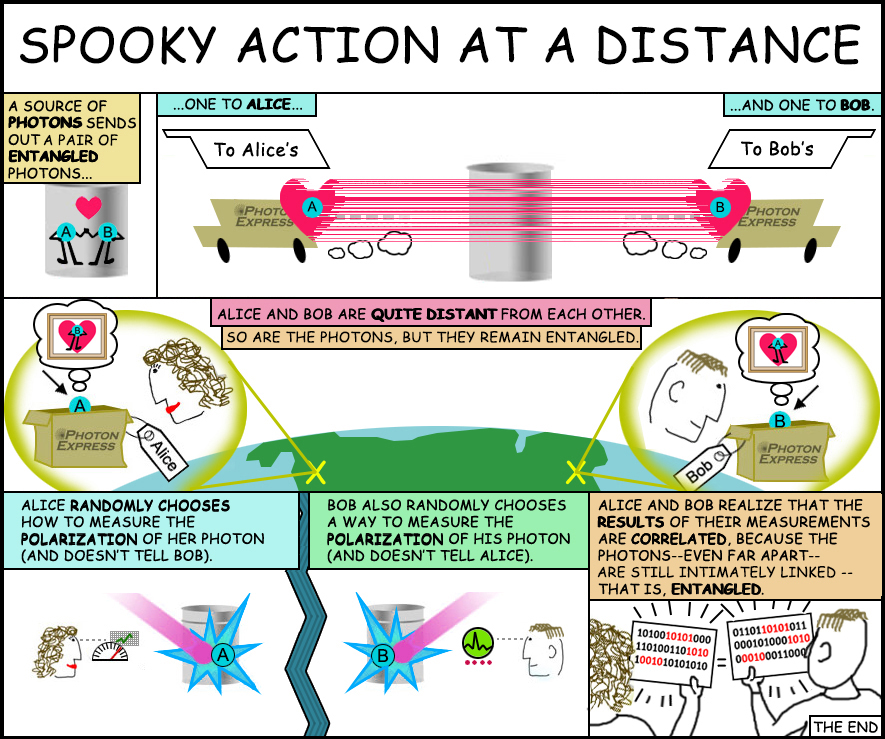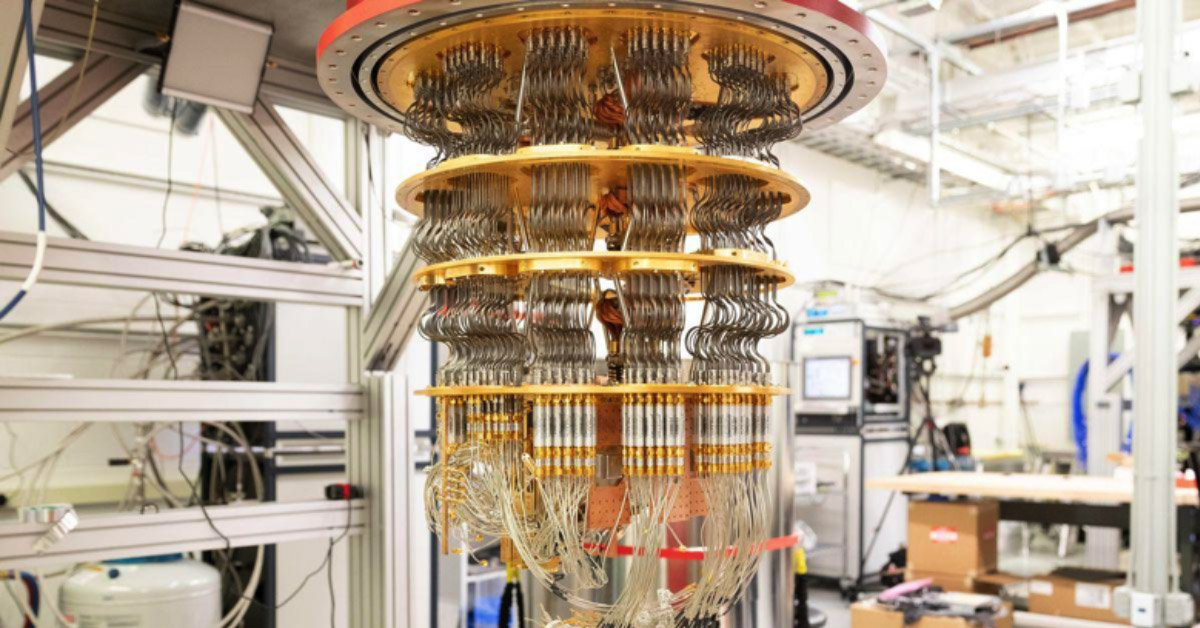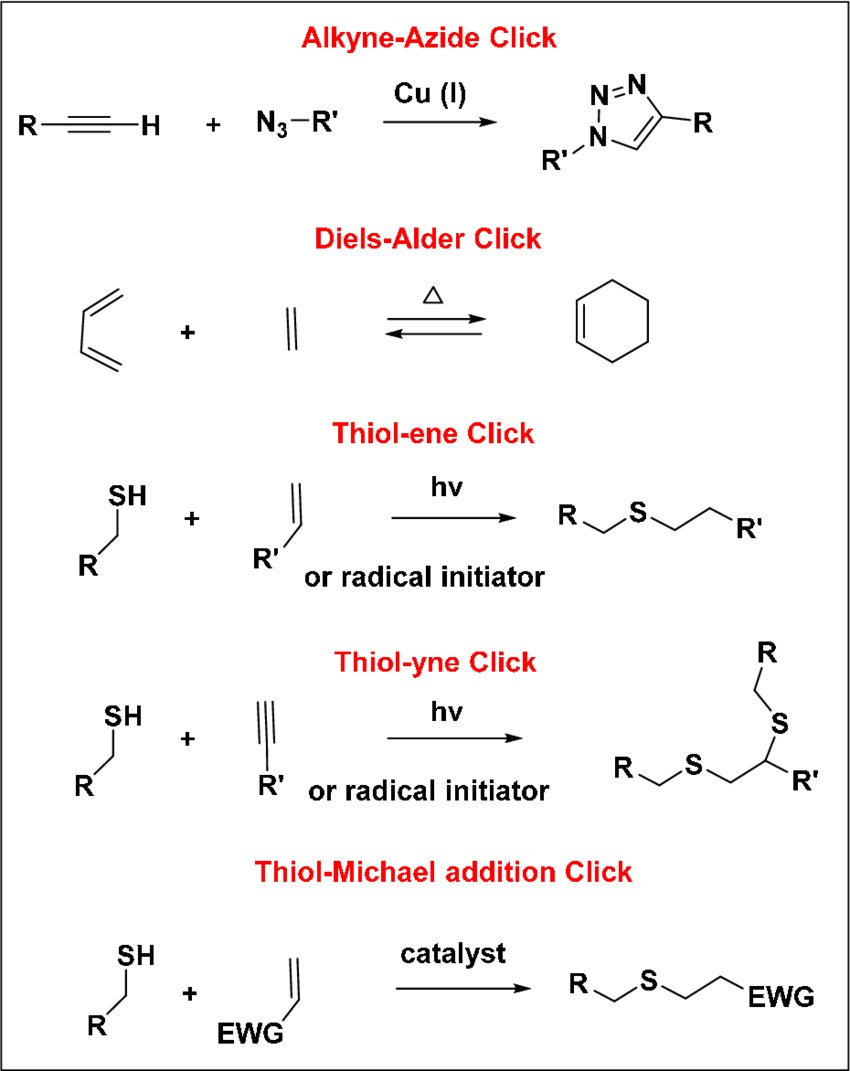It’s early October and that means it’s Nobel Prize time, the one time of the year when the media pays at least some attention to science.

The prize for physiology or medicine came first this year on the 3rd of October and the award went to arguably the most interesting of all of this year’s recipents. The winner was the Swedish geneticist Svante Paabo who was honoured for his work in sequencing the entire genome of our ancient cousins the Neanderthals and comparing it and the DNA of another extinct close relative the Denisovans to that of modern humans.

Dr. Paabo spent more than 20 years assembling bits and pieces of Neanderthal DNA from the best preserved teeth and bones of that extinct species. The task was made more difficult because the minute amounts of ancient DNA that are preserved in fossilized samples can easily be swamped by modern DNA from bacteria or even the paleontologists who unearthed it. In order to carry out his work Paabo first had to develop the clean room facilities and policies that would minimize contamination and even then he had to learn how to separate the ancient DNA from whatever modern DNA that still remained.

When Dr. Paabo finally succeeded in assembling the entire Neanderthal genome what he discovered was that the Neanderthals haven’t quite gone extinct. In fact around 50,000 years ago there was a good deal of mixing going on between our ancestors and both the Neanderthals and Denisovans so that today most Europeans and Central Asians have as much as 5% of their genes coming from those ancient relatives.

The next day the Physics award was announced and this year’s Nobel went to John Clauser for work carried out in the 1970s at the Lawrence Berkeley Labouratories in California, Alain Aspect, who extended Dr. Clauser’s work during the 1980s at the University of Paris along with Anton Zeilinger of Austria who continued the work of Clauser and Aspect. What the three men studied that won them their Nobel was the strange, almost eerie phenomenon called quantum entanglement, a concept that Einstein rejected as ‘spooky action at a distance’.

Quantum entanglement occurs when two or more particles are placed into a system whose characteristics are measured; let’s say a system of two particles with one spin up and the other spin down. If the two particles are then carefully separated, careful being why Clauser, Aspect and Zeilinger received a Nobel prize, the particles remain entangled so that if one is measured to be spin up then the other, no matter how far away it may now be, has to be spin down.

Besides being an interesting phenomenon in its own right quantum entanglement also has practical applications in the fields of quantum information and quantum computing. So the work of Doctors Clauser, Aspect and Zeilinger may become even more important in the next few decades.

The Nobel prize for Chemistry came next and was announced on the 5th of October. This year’s award went to Carolyn R. Bertozzi of Stanford University in California, Morten Meldal of the University of Copenhagen in Denmark along with K. Barry Sharpless of the Scripps Research Institute in the USA. The three chemists were awarded the prize for their research into ‘click chemistry’ different techniques that allow molecules to be clicked together like lego blocks in order to build larger molecules.

It was Doctor Sharpless who coined the term click chemistry in the year 2000 when he and Doctor Meldal independently discovered a chemical reaction called copper-catalyzed azide-alkyne cycloaddition that has allowed a tremendous number of different large molecules to be assembled. Doctor Bertozzi then extended the concept to chemistry performed on biomolecules, often molecules on the outer surface of living cells. These developments have led to new medicines for the treatment of cancer and the sequencing of DNA.

The chemistry prize was notable for two other reasons because Dr. Bertozzi is the only woman to be awarded a science Nobel this year, becoming only the eighth woman to do so. Also, Dr. Sharpless’ award makes him the fifth person to receive two Nobels, his first came in 2001 for his work on chirally catalyzed oxidation reactions.

Finally on the 10th of October the economics prize given ‘in memory of Alfred Nobel’ was awarded to Ben Bernanke, the former head of the US Federal Reserve along with Douglas Diamond of the University of the University of Chicago and Philip Dybvig of Washington University in St. Louis. The three men were honoured for their work on the role of banks in financial crises.

While the studies carried out by Bernanke, Diamond and Dybvig were conducted back in the 1980s the results became very important during the financial crisis that shook the world’s economy in 2008. Ben Bernanke was of course Federal Reserve Chief at that time and so he had the opportunity to put his own research into action.

Bernanke’s work demonstrated how bank failures during the great depression of the 1930s were not caused by the initial recession but instead drove the recession into a deep depression. Bernanke showed how the loss of information about lenders that occurred when banks failed made it difficult for the economy to recover, lengthening the time of the depression. Diamond and Dybvig meanwhile investigated the role of banks in linking lenders and borrowers in ways that are mutually beneficial to both.

Alfred Nobel’s intend in establishing his prizes was to encourage new and innovative discoveries that would be valuable to all humanity. The work of this year’s recipients demonstrate how well he succeeded.
